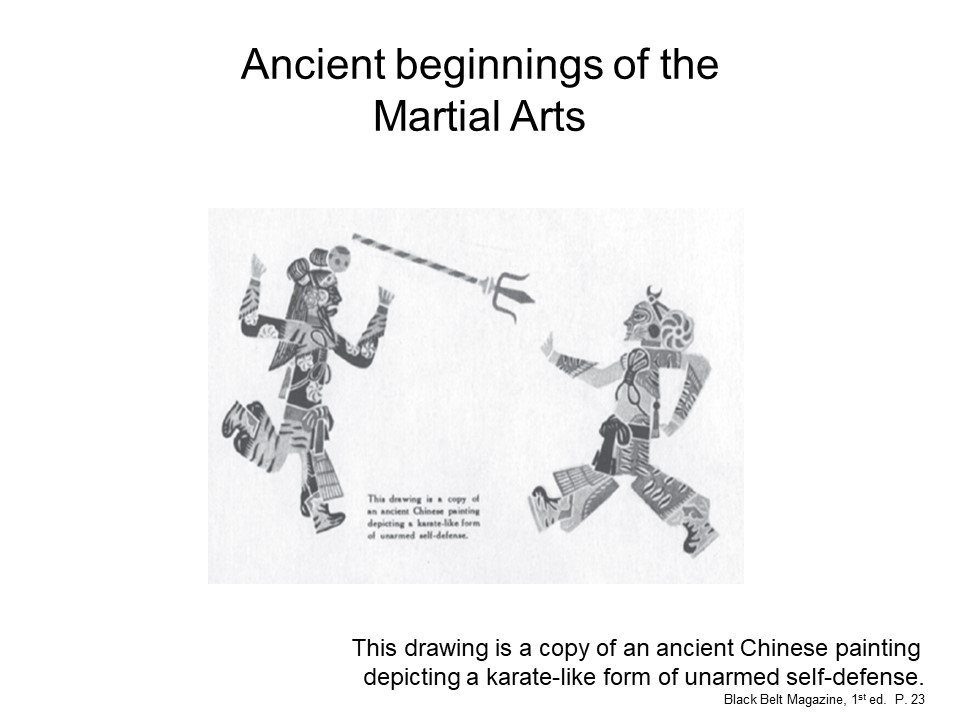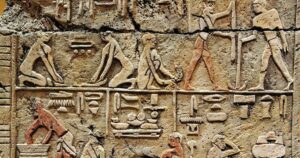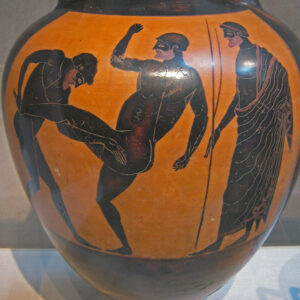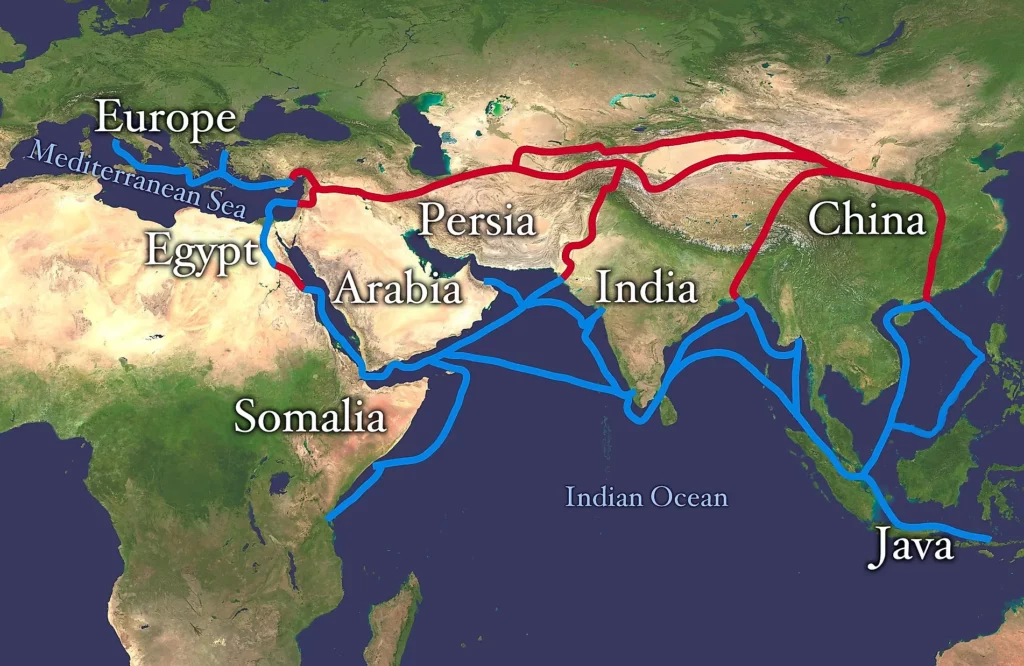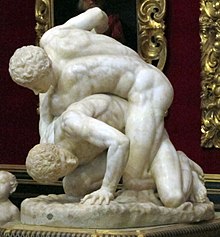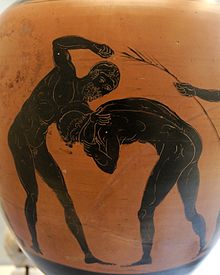I refer to Tomari-ti in the title as an Okinawan martial art, rather than Okinawan karate, because Tomari-ti was swallowed up into the other two karate styles – Naha-te and Shuri-te.
Tomari, Naha and Shuri were three major villages in Okinawa, when it was still called the Ryukyu Islands. Tomari was the seaport, Naha was the military hub, and Shuri was the seat of government. This hierarchy continued until the fall of the Islands when the Satsuma clan from Japan conquered the main island of the Ryukyus in 1609.
When you look up the history of karate, that is what you get – the history of – karate. Pre-1800 you will find the history is sketchy. The further back in time, the less recording of events. As a student of Tomari-te, when looking for my lineage, it always bothered me because history became stuck. There was vague mention of the village of Tomari and its descendants, because Naha-te and Shuri-te are touted to be the roots of karate.
I wish my sensei were here to answer my questions and fill in the blanks. Now there is only his notes and my memories to fuel my search for my martial arts roots. Plus a great martial arts library that we collected over the years.
What happened before 1761 when Anaku landed in the port of Tomari and taught his famous Kusanku? Karate attributes its beginnings to the Chinese influence mixed with Okinawa expertise, but we know little about what happened before 1392 when China sent over 36 families to live in Okinawa.
What happened to Tomari-ti. Why was it incorporated into the other two styles? The greats came from Tomari. Senseis Sakayama, Matsumora, Odayomari, Itosu. Funakoshi’s origins even were Tomari-te. There are few schools today that teach the original Tomari-te. And mine was one of them.
The Influence of the Shaolin Temple
What I have discovered so far in my journey of finding my roots is that when DaMo entered the Shaolin temple, Buddhism had been in China for 500 years.
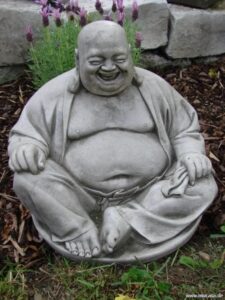 This was a Buddhism where the monks believed in obtaining nirvana through meditation and chanting, and entering the monastery meant forgoing all prior knowledge of their family’s fighting art. Violence was forbidden in the temple.
This was a Buddhism where the monks believed in obtaining nirvana through meditation and chanting, and entering the monastery meant forgoing all prior knowledge of their family’s fighting art. Violence was forbidden in the temple.
It is hard to say what happened pre-600 in Okinawa, but it is safe to say they were a seafaring people who travelled to the neighboring islands. From the northern tip of Japan all the way to the eastern short of China, the Pacific Ocean is scattered with hundreds of small islands.
The proxixmity of all the islands to one another and the sea trade in that era is a sound argument that these islanders were not isolated and traded not only goods, but ideas – and training – fighting tiips and their martial art.
The Silk Routes by water were well underway by 600, with at least 700 years of prior established travel by both land and sea.
Tea merchants were said to have landed on the large island of Okinawa as early as 600. Other than the fighting arts indigenous to their culture, between Da Mo’s time at the Temple in 527 and the next 75 years quan fa had not been circulated very well yet.
In 570, the Emperor of China put a stop to all activity at the temple. For the next 30 years the temple sat silent.
In 600, though, the emperor of the new Sui (pronounced Shway) dynasty reopened the Temple, with the cravat that the monks were to follow strict moral principles in an effort to avoid the marauding and carousing that caused the temple to be closed in the first place.
The tea merchants could very well have been monks without a home who took their training to less hostile territories.
The safest seaport in which to land on all of those many tiny islands was the seaport on the island of what we know as Okinawa. The village port of Tomari was the first stop for the travelers coming in from the sea, with its calm waters and free from the coral reefs, which were death for merchant ships.
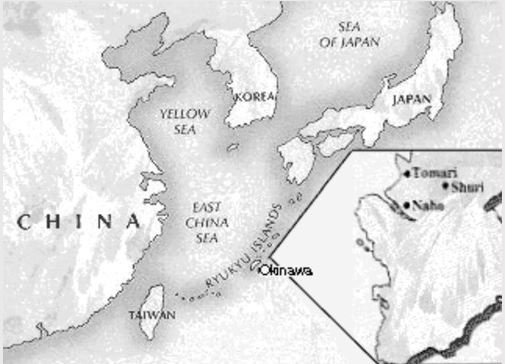
If the indigenous Okinawans did not have a fighting art before, they were soon to learn one.
The Ryukyuan’s must have had knowledge of warfare before the Chinese came to the island. What civilization didn’t have means to defend themselves?
The Ryukyu Islands were populated for thousands of years with people from the surrounding islands – the only was to get there was by boat. As time went on, a culture was established which eventually resulted in “The Three Kingdoms.”
There is little known about the time between 600 and 1300, but oral history shows that the art of ti was a family tradition passed from father to children (girls included) or passed down by a village elder. This is how ti grew for the next 1000 years.
Ti – Te. They both mean “hand.” What is the difference between the two?
It started when the Chinese came to Okinawa. “Ti” was the people’s art, “Te” became also known as quan fa, or Chinese hands, which later evolved to To-de in the 1700s. Te was taught to the upper aristocracy, the military and the police. Ti was reserved for farmers and fishermen, the art that continued to be passed down through families. Te originated in the 16th century and was formed primarily because of the prohibition of weapons imposed on the Okinawan people by the Japanese. Te is considered to have originated only in Okinawa, but it was greatly influenced by other forms of empty hand fighting, especially from China.
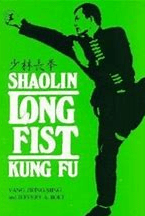
The first book I was handed when I started learning Tomari-te was Shaolin Long Fist Kung Fu and was told to memorize the hand positions and their names. More about the difference in techniques between Tomari-te and the other Okinawan styles in a later post, but the Chinese influence in Tomari-te was strong, and traditional, and was never weeded out like some of the other styles. Why change something that works so well?
Gichin Funakoshi also made this distinction in his book Tode Jutsu (1922).
According to those who teach it, karate is separated into many styles. But essentially, it is separated into two styles Shorei-ryu and Shaolin-ryu…In terms of fundamental fighting stance, Shorei-ryu excels, however, it is not appropriate for quickness; on a similar note, Shaolin-ryu allows one to move quickly but compensates for that quickness by not emphasizing physical strength.
Shorei-ryu being that taught in the schools of Shuri and Shaolin referring to teachings of the Shaolin monks that fled the Temples.
The teachings of the Chinese incorporated with the indigenous art of the Okinawans became the basis for the fighting arts as we know them today.
By the 1300’s, Okinawa was full into trade with other countries: China, Japan, the Philippines, Micronesia, and as far as Arabia. The most important contact was with China. There was some Japanese influence, but Japan at that time, was not interested in spreading their culture.
In 1368, the Ming or T’ang Dynasty came into being and the emperor immediately seized on the opportunities Okinawa had to offer.
As a result, the three kings of the “Three Kingdoms” separately sought out an agreement with the Emperor, but in the end, Satto (1350-1395) of Chuzan was the one to swear sovereignty to the Mings. Chuzan had the seaport of Tomari, and also Shuri and Naha, the major cities of all three kingdoms. By 1392, thirty-six Chinese families settled in Okinawa in the village of Kumemura, located between Naha and Tomari.
With the influence of the Chinese, the culture of Okinawa began to take on a Chinese flavor. There were diplomats, technologists, merchants and martial arts experts of all kinds. The martial arts and the culture of Okinawa were growing in full swing. The islanders and the Chinese continued to practice and perfect te.
This freedom of expression and uncensored practice of their art lasted until the old Sho Kingdom fell in 1470, and the new Sho King took over. By 1477, he had banned all the weapons and made practicing te a crime punishable by death.
This ban last until 1609 when the Satsuma clan of Japan overtook Okinawa when they placed their own ban on the practice of te.
From 1477 until Sakagawa’s time in the early 1700s, te was practiced in secrecy.
The Satsuma Clan conquers the Ryukyus in 1609.
The most historical event in this narrative, however, was in 1609. History books talk about the Satsuma clan overtaking the Island, and their takeover was devastating, but the reason behind the ban of te is a little-known fact.
Little known because it was passed down by my sensei who was one of the last of the students of traditional Tomari-ti. Not the Tomari-te that became incorporated into Shuri-te and Naha-te, but the “ti” that was passed down through oral tradition for the last 1000 years.
When the Satsuma clan attacked, the villages of Shuri and Naha quickly fell. They had met their match in the vicious warfare of the Samauri.
The villagers of Tomari, however, could not be defeated. The subtropical, dense jungle undergrowth and caves provided hiding places for the villagers in the hills surrounding Tomari. They employed the type of warfare that is now taught in the U.S. Special Forces. Between beats in the jungles and deserts, my sensei travelled to Okinawa to study Tomari-te with Master Hideteka Nakiama, and took what he learned back to this team. The people of Tomari fought with a hit-and-miss type of fighting, with “1-2-3- you’re dead,” kind of techniques.
The Japanese couldn’t defeat them, so they burned the village. Not once, but three times, they drove the villagers out by fire. The third time, the village of Tomari was completely destroyed. The people fled, the Japanese took over the seaport, and Tomari was no longer.
The brutal fighting methods of Tomari-ti attests to why it is nearly a dead art today. As the different styles progressed, this type of “karate” became unpopular because of its brutal nature. Although the finer points were incorporated into all the styles, the style itself was practiced only among a few dedicated Okinawans.
This is what happened to the Okinawan art of ti. Like any good fighting style, it evolved through time. Tomari-ti became Tomari-te, and the basis for the fighting styles of Naha-te and Shuri-te. There is little evidence left of the original styles of ti, but isn’t it amazing, how even though in some styles the ti is unrecognizable today, it still bears the foundation of karate-do.


